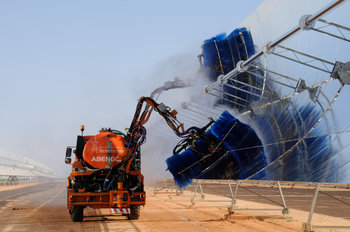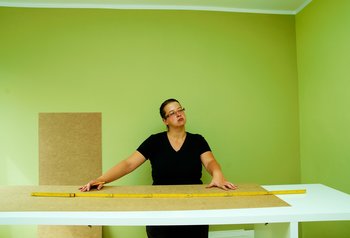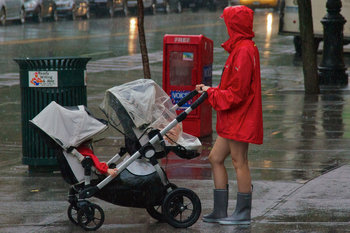
Physics
The structure of matter such as a group of atoms bonded together in a molecule.Biology
The arrangement of the parts of an organism. For example, the structure of a DNA molecule.Society
The parts of a society such as the government, industries and communities that form a nation.Social Structures
The political, economic, cultural and social institutions of a society all have some structure. For example, the institution of family may be structured by generation with grandparents, parents and children.Systems
Systems are structures that have complex parts such that they are difficult to model. Systems are understood using specialized methods such as systems theory or chaos theory.Machines
The way that the parts of a machine fit and integrate together is a type of structure.Architecture
An architecture defines the structure of a building. It is also common to use the term architecture to refer to the high level design of other complex things such as IT systems.Design
Design is largely a process of planning the structure of things. This can include tangible designs such as a product design and intangible design such as the design of a process.Organizations
The structure of an organization is typically defined in an organizational chart that shows the roles of different organizational units and individuals.Infrastructure
Infrastructure is a term for foundational services that are used in other structures. For example, a road that is part of the structure of a neighborhood, city and nation.Processes
Processes are repeatable practices and automation that give work a structure.Planning
Planning is the process of giving structure to the future. For example, a lesson plan that is used by a teacher to give a lesson structure.Templates
A template is a document that gives structure to future documents.Culture
Culture can include structure. For example, the grammar rules of a language that define how sentences are structured.Creativity
Creativity often has structure. For example, music that structures musical notes into a rhythm or melody.Rules
Rules are used to structure behavior. For example, rules that govern an examination such as "no talking" that allow the activity to be orderly.Norms & Conventions
Norms and conventions are informal rules that are flexible but provide some structure. For example, conventions of politeness that promote civility by giving a flexible structure to social interaction.Abstract Structures
Abstract structures are structures that apply to things with no specific tangible representation. For example, rules of mathematics that give structure to calculations using numbers.Thinking
It is possible to use structures to think. For example, formal rules of logic that give structure to the examination of evidence. Everyday concepts also give structure to thought such that human thought is inherently structured.| Overview: Structure | ||
Type | ||
Definition | An organized collection of parts. | |
Related Concepts | ||


























